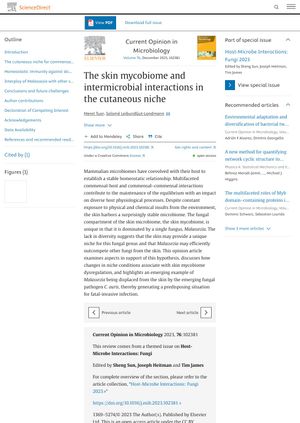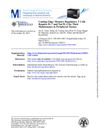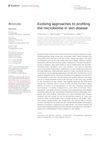The Skin Mycobiome and Intermicrobial Interactions in the Cutaneous Niche
September 2023
in “
Current opinion in microbiology
”

TLDR Certain fungi protect skin health, but changes can allow harmful fungi to cause serious infections, needing more research for treatment and control.
The document discusses the skin mycobiome, primarily dominated by the fungus Malassezia, which may act as a skin guardian by outcompeting other fungi. However, changes in skin conditions can lead to the displacement of Malassezia by the fungal pathogen Candida auris, potentially causing fatal infections. The interplay between Malassezia and other skin microbes contributes to skin health and disease. C. auris can form robust biofilms and colonize skin, especially in individuals with poor health, advanced age, and thinner skin. The document also highlights the potential antagonistic relationship between Malassezia and C. auris, influenced by the host immune system. The World Health Organization emphasizes the need for improved surveillance and research against fungal pathogens like C. auris due to their serious health risks. The document concludes by stressing the need for future studies to understand the complex interplay between these fungi, the host, and other skin microbes, which could lead to the development of mycobiome-based therapeutic approaches for skin disorders and control of fungal pathogens.




